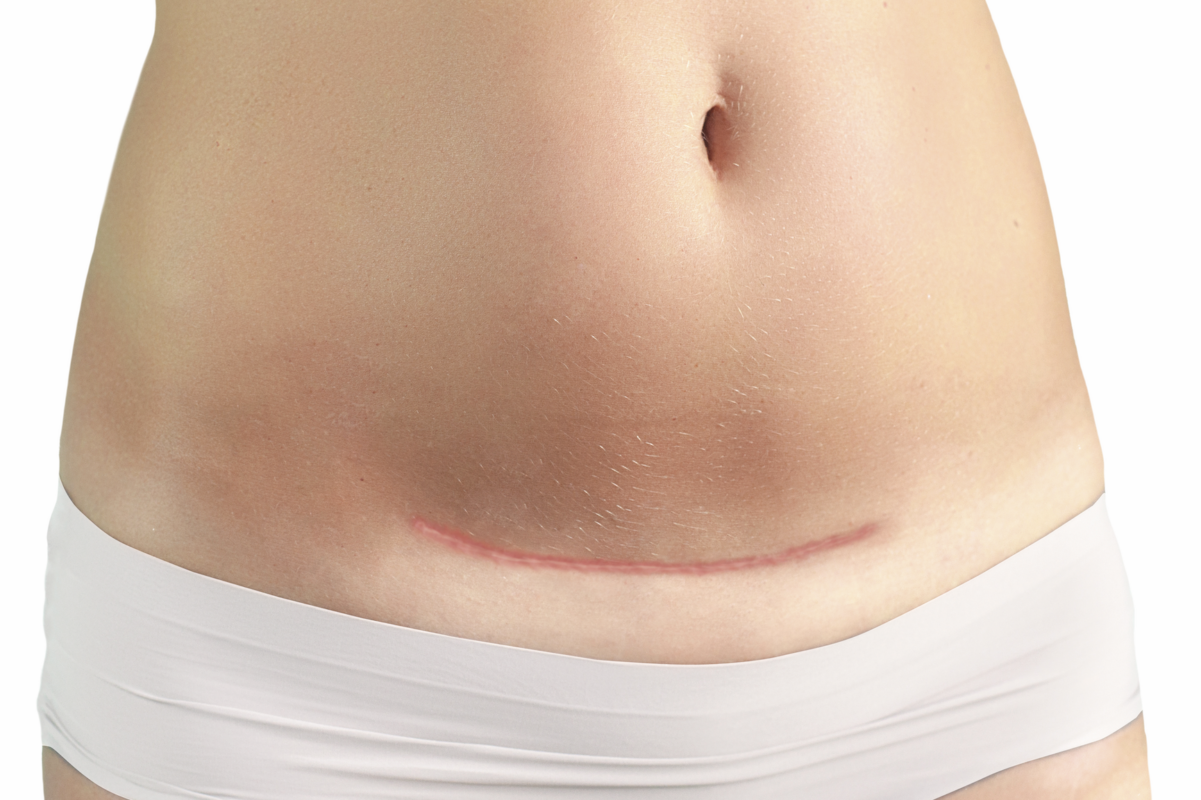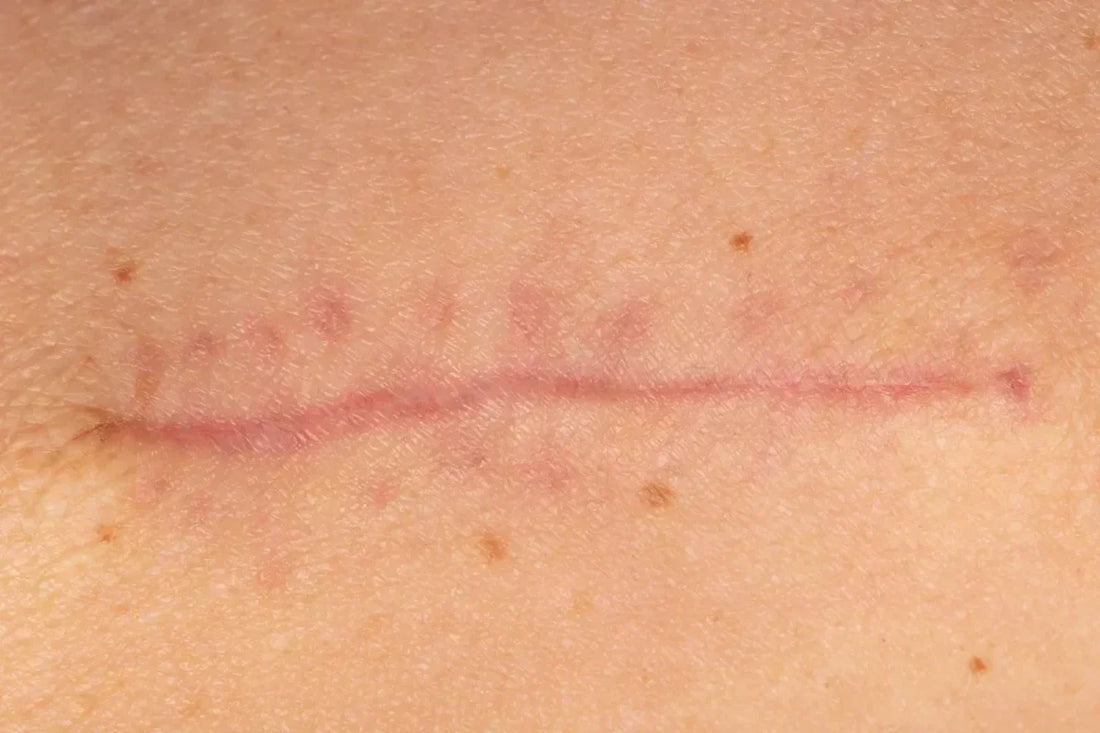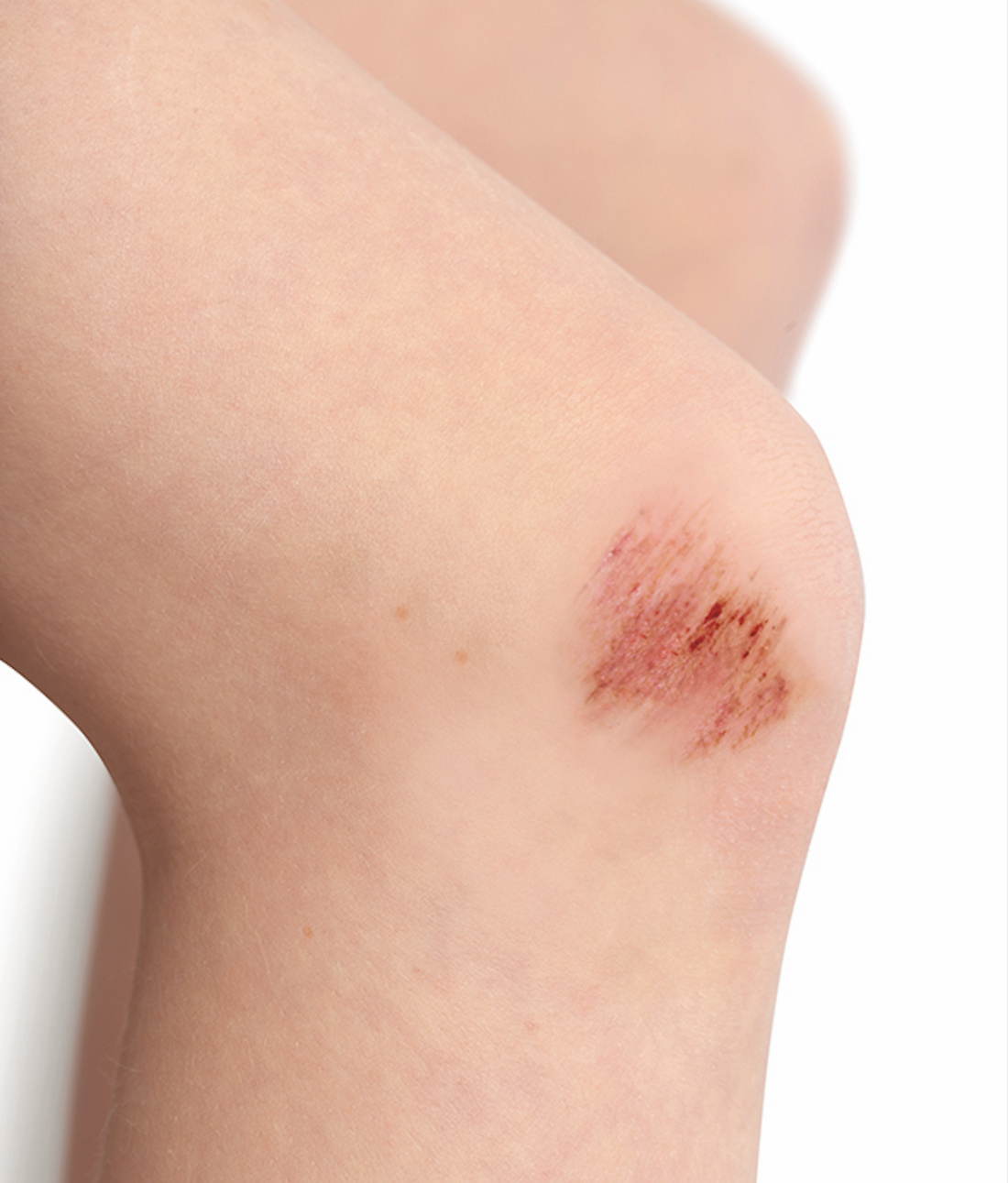How to Care for Your C-Section Scar: Gentle Support for Your Skin After Birth
A C-section is a major procedure – physically and emotionally. As you begin to settle into your new role as a mother, your body also starts the healing process. One area that deserves special care and attention during this time is your C-section scar.
Many new moms have questions: When should I start scar care? What truly helps with healing? Can I improve the appearance of my scar over time?
In this article, you’ll learn how to care for your C-section scar, when to start treatment, and how Cicafilm can support your skin as it regenerates.
Why Is C-Section Scar Care So Important?
A C-section scar is more than a surface-level wound. It involves several layers of skin, tissue, and muscle. While the incision may look small from the outside, the healing process is deep and complex. Proper care can help:
- Support skin regeneration
- Reduce the risk of irritation or infection
- Improve the appearance of the scar
- Soothe tight or itchy skin
- Reconnect you with your body after birth
Most importantly, daily scar care can become a quiet moment just for you – a gentle reminder to take care of yourself.
When Should You Start Caring for Your Scar?
In the first few days after the birth, rest is the most important thing. As long as the scar is still oozing or has crusts, it should only be cleaned with clear water, disinfected if necessary and otherwise kept dry.
As soon as the wound is completely closed - usually after the stitches have been removed, i.e. around 10 to 14 days after the caesarean section - you can start with targeted care. Ideally, you should clarify with your doctor or midwife whether the right time has been reached.
What Does Gentle and Effective Scar Care Look Like?
Your body has just done something incredible. Now it deserves time and care to recover – both inside and out. Scar care after a C-section isn’t just a medical necessity, it’s a personal ritual. A chance to slow down and reconnect with your body.
Here’s how you can support your healing process with simple, mindful steps:
1. Gentle Cleansing
Use lukewarm water and a mild, pH-neutral cleanser. Pat the scar area dry with a soft towel – don’t rub or use scented products.
2. Protect Against Friction
Choose soft, breathable clothing that doesn’t press or rub against the scar. High-waisted cotton underwear is ideal for this period of healing.
3. Hydration & Daily Care
If crusts are still present after thread removal, you can start with a moisturising and soothing treatment. Decalys Le Baume is suitable for this.
When the skin is completely smooth again - this is usually the case after 14-20 days - Cicafilm is suitable for scar prevention. Cicafilm is a thin, skin-friendly silicone plaster. It forms a protective film on the scar and protects it like a second skin. It should be changed regularly. It is advisable to wear the plaster consistently for at least 8 weeks.
Cicafilm has been dermatologically tested and can be easily integrated into everyday life. It protects your scar from friction caused by clothing. You can shower, bathe or do sport with it.
4. Scar Massage
After around three to four weeks - or as soon as your doctor agrees - you can gently massage the scar. This loosens the tissue, stimulates blood circulation and can help to prevent hardening or bulging scars. A gentle massage with Decaly's La Pommade combines care with conscious body awareness, stimulates blood circulation and promotes good scar formation. Regular massage with La Pommade also helps with stretch marks.
Conclusion:
Proper care of your caesarean section scar is an important part of your physical and emotional recovery. Not only does it help your skin, it also gives you a little moment every day in which you can take notice of yourself.
With patience, care and high-quality products such as Cicafilm or La Pommade, you can optimally support your skin - so that the scar does not become a reminder of pain, but a symbol of strength.
Can a C-Section Scar Be Removed?
While a C-section scar won’t completely disappear, with consistent care you can significantly improve how it looks and feels.
Daily application of high-quality products like Cicafilm or La Pommade, gentle massage, sun protection and patience can help the scar:
- Appear flatter and smoother
- Blend more evenly with your skin tone
- Feel less tight or sensitive
In persistant cases, additional medical procedures such as microneedling or laser treatment may be useful - this should be discussed with your dermatologist.
Cicafilm: Your Skin Care Companion After Birth
The first few weeks with your baby are filled with changes, emotions, and endless new experiences. While you care for your newborn, your own body is recovering from one of the most intense journeys it’s ever been through.
Cicafilm was developed to support your skin during this exact time – especially after medical procedures like C-sections. With a lightweight, breathable formula, it hydrates, protects and soothes your skin without clogging pores or leaving a residue.
- Fragrance-free and dermatologically tested
- Easy to apply, even on sensitive or irritated skin
- Ideal for daily use, even during breastfeeding
Cicafilm gives your skin the calm, supportive care it needs – and gives you back a moment of focus, just for yourself.
Conclusion: Healing Takes Time – and Gentle Support
Caring for your C-section scar is a small but important part of your postpartum recovery. It’s not just about appearance – it’s about feeling good in your own skin again.
With the right routine, patience, and supportive products like Cicafilm, you’re giving your body the best chance to heal comfortably and beautifully. And in the process, you’re also giving yourself something just as important: attention, compassion and care.
Frequently Asked Questions
How long should I care for my caesarean section scar?
At least 12 weeks. Longer if the skin is sensitive or prone to severe scarring.
Can sun exposure worsen the scar?
Yes, UV exposure can lead to permanent pigmentation changes. Therefore, always use sun protection with SPF 50 or protect the area with Cicafilm or clothing.
Can I also use scar care while breastfeeding?
Yes. Cicafilm and La Pommade are free from irritating substances and are suitable for use while breastfeeding.
When can I start using Cicafilm?
As soon as the scar is dry and free of crusts or oozing - usually around 10-14 days after the caesarean section, after consultation with your midwife or doctor.
How often should I apply Cicafilm?
Cicafilm is a silicone plaster that is changed approximately every 3 days. You can use it when showering, bathing or doing sport.
Does Cicafilm also help with older scars?
Yes. Regular use can also help to improve the appearance of older caesarean section scars and reduce the feeling of tension/itching. Cicafilm should also be used after lasering older scars.
What if my scar feels hard or raised?
Gentle massage and continuous care are the first step. If the scarring does not improve, a dermatologist can suggest further treatment options.
Is itching normal during scar healing?
Yes. Itching is a typical sign of regeneration. Important: Do not scratch, but soothe with the right care. However, if the itching persists, this may also be a sign of a bulge/keloid formation. In this case you should consult a dermatologist immediately.





